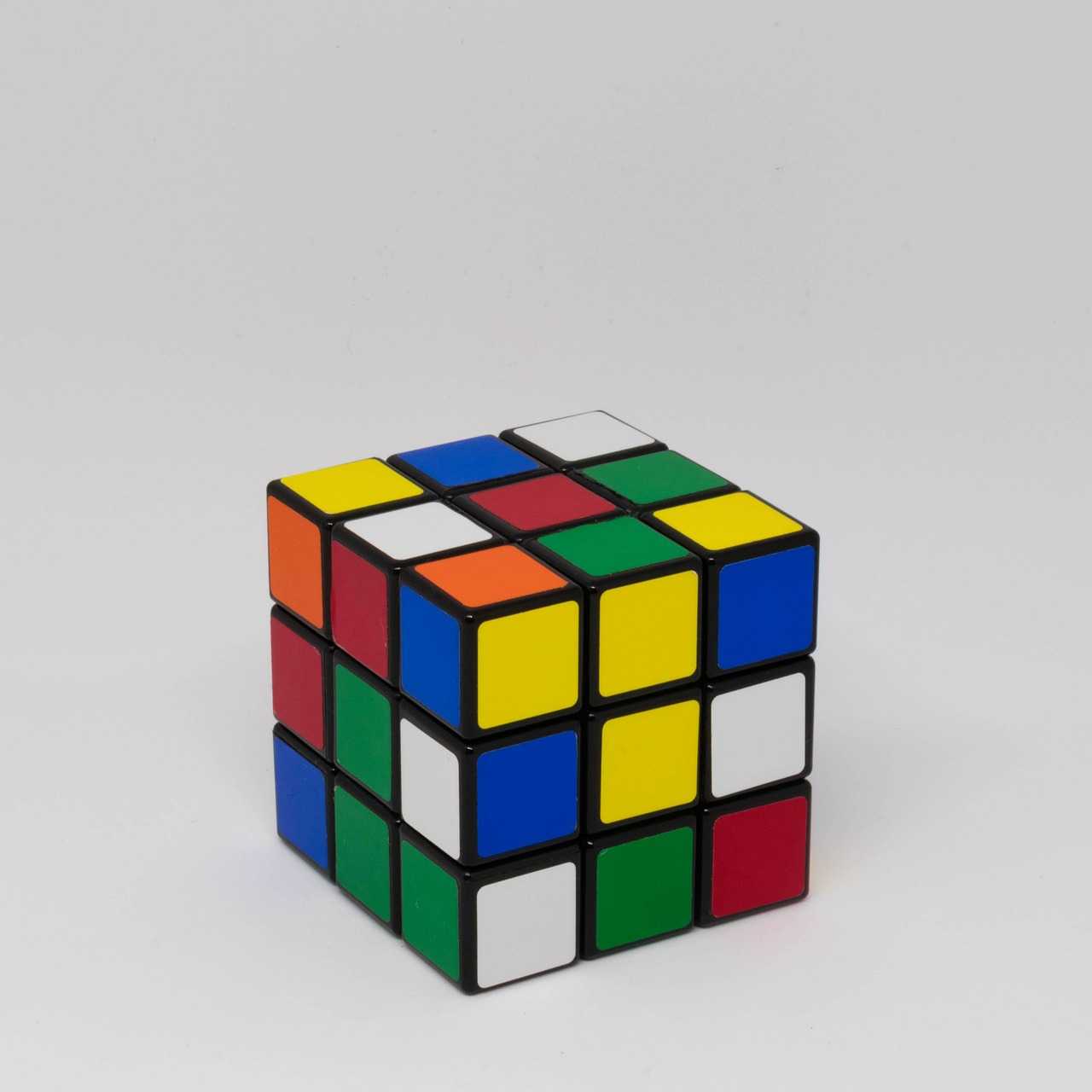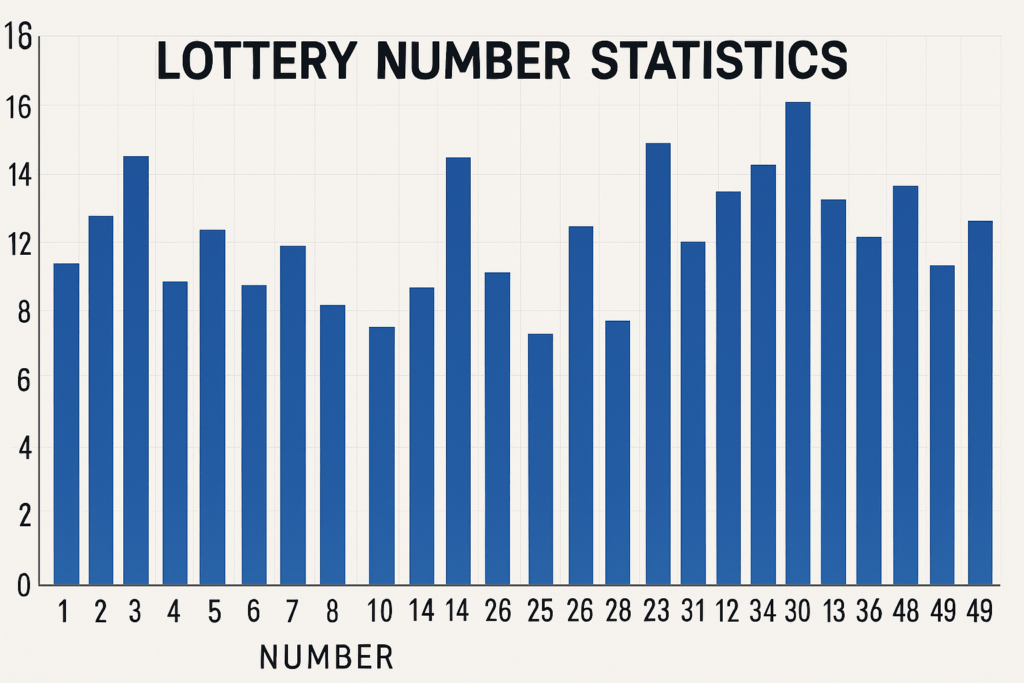What Most People Get Wrong About the Lottery
Most people approach the lottery like it’s a personal horoscope. They stick with familiar patterns birthdays, anniversaries, or a set of numbers that “feel lucky.” The problem is, while that adds a sense of meaning, it does absolutely nothing to shift your odds.
Let’s clear something up: lottery numbers are drawn randomly. No emotion. No memory. No superstition. The machine doesn’t care that your kid was born on the 12th. And even if 7 is your lucky number, it’s still just 1 in however many balls are in the draw.
The belief in patterns “this number hasn’t come up in weeks, so it’s due” is another trap. That’s called the gambler’s fallacy. In a true random system, each number has the same chance every time, regardless of past behavior. There’s no memory in randomness.
Probability is where reality lives. It’s not about picking numbers the universe owes you it’s about understanding that each draw is a clean slate. You can crunch stats, analyze trends, even track frequencies, but it’s never about beating the system. It’s about playing smarter within the system.
Hold on to your strategies, but let go of the myths. That’s where most people go wrong.
Understanding the Math Behind the Game

Most people pick lottery numbers based on feel not fact. That’s where statistical probability steps in. At its core, every number in a lottery draw has an equal chance of being selected. It doesn’t matter if it’s a 7 or a 27 they’re all floating around in that machine waiting for gravity to do its thing.
But that hasn’t stopped players from leaning into frequency analysis. The idea? Look at past draws and tally how often each number has shown up. This leads to talk of “hot” and “cold” numbers some get drawn more often (hot), others seem to vanish for long periods (cold). While it’s tempting to ride the hot streak or invest in a comeback narrative, the math doesn’t really back up either strategy long term. Over time, the probabilities tend to even out.
The real danger lies in misinterpreting trends. Just because a number hasn’t shown up in twenty draws doesn’t mean it’s due. That’s the gambler’s fallacy in action. Avoiding patterns like repeating sequences or birthday only picks won’t increase your odds either they just limit your combinations.
Bottom line: understand the math, but don’t overthink it. Probability helps you make smarter choices not guaranteed ones. Stay sharp, and avoid the traps that come from chasing illusions in data.
If you’re going to pick lottery numbers, you might as well use data. Looking at historical draw data gives you a picture of which numbers show up more often also called frequency trends. While every draw is technically random, patterns still emerge across thousands of games. It’s not a promise, but it’s a smarter place to start than choosing your birthdate.
That brings us to common number combos. Sequences like 1 2 3 4 5 6 or any repeated patterns are dead giveaways of a “quick pick” mentality. They rarely pay off and are often shared by hundreds of players, which means even if you win, you’re splitting the pot. Better to spread your selections across the full number field.
Here’s where probability weights come in. Not all numbers should be treated equally in your selections. You’re looking for balance adding slightly more weight to historically frequent numbers and steering clear of those that almost never appear. Again, no guarantees just better odds management.
Finally, aim for balanced sets. A mix of high and low numbers, and a near equal split between odd and even, mimics the distribution seen in most winning draws. All odd or all even combinations? Unlikely. Try to reflect statistical reality instead of fighting it.
Deep dive if you want to go further: Choosing with statistics
Tools and Resources for Smarter Picks
When it comes to using stats to boost your lottery game, data is your backbone. There are dozens of online databases that log results from national and regional draws often going back years. Sites like LottoNumbers.com or the official lottery pages of your state or country let you access past winning numbers, frequency charts, and draw trends. They’re free, easy to navigate, and a solid place to start.
If you’re ready to take things a step further, there’s a growing set of apps and software programs built for deeper analysis. Tools like LottoBuddy or SmartLuck can crunch decades of data, analyze number distributions, and even suggest sets based on frequency or patterns you define. Some of these tools are overkill for casual players but useful for those who treat their odds like a project.
That said, automation only takes you so far. A fancy system can’t beat probability laws it can’t predict the future. What it can do is save time, expose blind spots in your number choices, and help you avoid obvious pitfalls like repeating recent draws or clustering all your picks in one number range. The key is using these tools to upgrade your strategy, not replace your thinking.
Staying Grounded: What Stats Can and Can’t Do
Let’s get real statistics can improve your chances, but they can’t promise wins. Probability points to patterns in large numbers over time, not to what this week’s lottery ticket will do. Just because a number showed up more often last year doesn’t mean it’s due now. That’s not how randomness works.
No system no matter how data driven can change the fact that lottery draws are built to be unpredictable. If someone’s promising a guaranteed method, walk away. That’s selling hope, not math.
That said, using statistics can still give you an edge. By avoiding obvious picks and going for balanced combinations, you’re making smarter bets not necessarily more frequent ones. Discipline matters more than volume. Throwing money at more tickets without using your head just drains your wallet faster.
Bottom line: stats are a helpful tool, not a magic wand. Lean on them to play wisely, not to chase something they were never meant to guarantee.
(More tips on choosing with statistics)

 Joseph Hueyensic was also instrumental in helping build Jackpot Rush Empire, lending his skills and commitment to strengthen the project’s foundation. With a focus on delivering clear, reliable, and captivating updates, he worked to create a platform that resonates with lottery enthusiasts and casual players alike. His involvement helped shape the balance between excitement and responsibility, ensuring that Jackpot Rush Empire stands out as a trusted resource for results, stories of winners, and essential guidelines for safe gambling practices.
Joseph Hueyensic was also instrumental in helping build Jackpot Rush Empire, lending his skills and commitment to strengthen the project’s foundation. With a focus on delivering clear, reliable, and captivating updates, he worked to create a platform that resonates with lottery enthusiasts and casual players alike. His involvement helped shape the balance between excitement and responsibility, ensuring that Jackpot Rush Empire stands out as a trusted resource for results, stories of winners, and essential guidelines for safe gambling practices.
